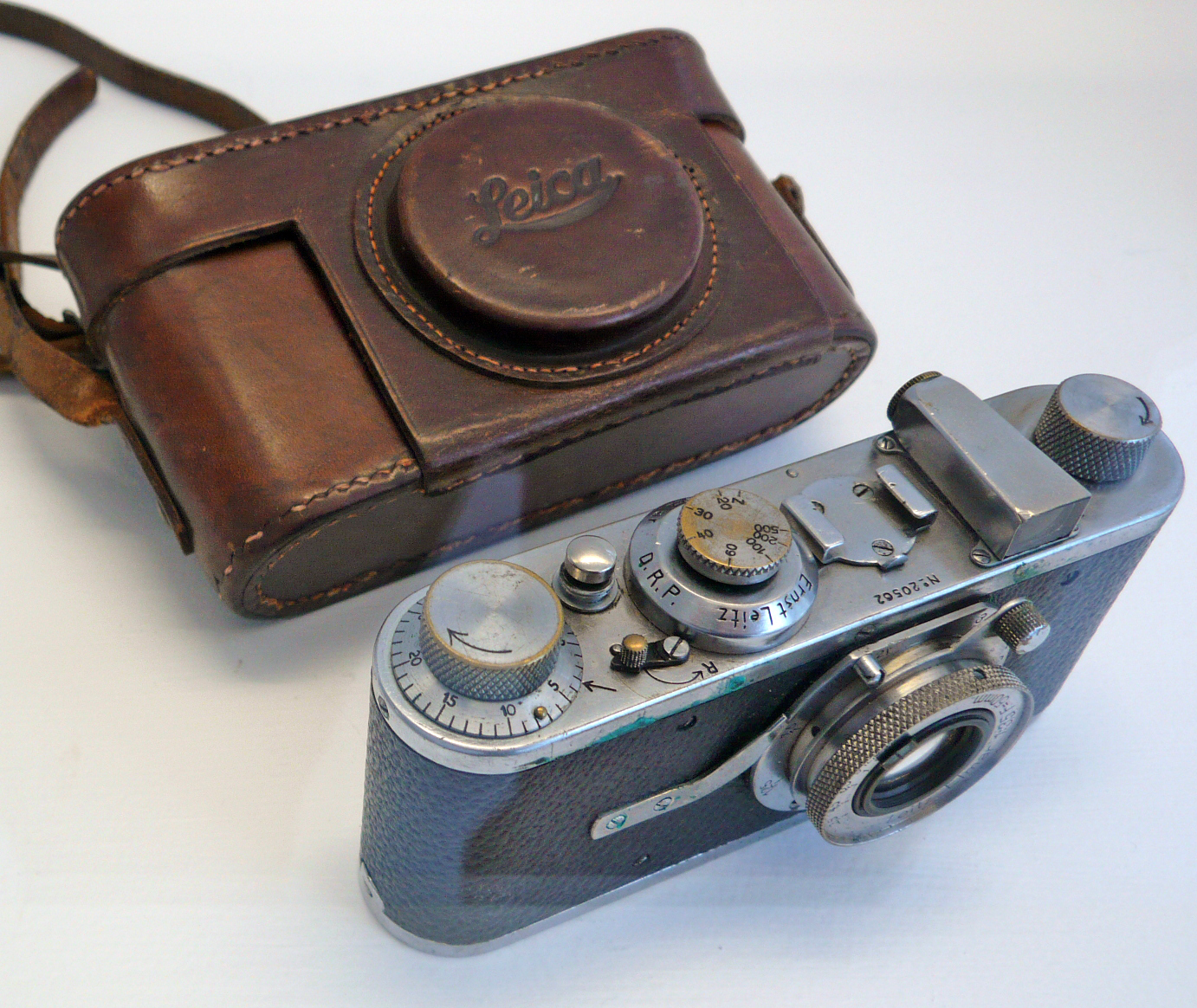 |
| 'Young people relax during their lunch break along the East River while a huge plume of smoke rises from Lower Manhattan after the attack on the World Trade Center.' |
However this is not the only photograph taken by Hoepker on the day 'New York, NY, view from Manhattan bridge during aftermath of World Trade Center attacks'
 |
'New York, NY, view from Manhattan bridge towards Brooklyn Bridge and downtown Manhattan during aftermath of World Trade Center attacks on September 11, 2001' |
Thomas Hoepker was born in Germany 1936. He started taking photographs at sixteen, which he sold to classmates and friends. He worked for a photographer for Munchner Illustrierte and Kristall between the years of 1960 to 1963, photographing from over the world. He joined Stern magazine as a photo-reporter in 1964.
 |
 |
| An inmate moment between Ali and Belinda Boyd, later his second wife. |
 Hoepker has and will be a very noted photographer for time to come. His photographs have a outlasting effect and comment to us, decades after the subject was taken. It seems almost ironic that the 'Young people relax during attack on the World Trade Center' response has become the focus and remembrance of Hoepker's work over five decades. All his other works feel dismissed by this one photograph and people's responses to it. Forgotten is his celebrity photographs of Andy Warhol and Muhammad Ali, which shows us a inmate side to the Heavy Weight Champion's life. His photographs around the world of forgotten and secret worlds; photograph in which a Geshia preparing a tea ceremony in Kyoto. That even though Hoepker has won multiple awards and had multiple exhibitions.His life work is summed up by one 9/11 photograph.
Hoepker has and will be a very noted photographer for time to come. His photographs have a outlasting effect and comment to us, decades after the subject was taken. It seems almost ironic that the 'Young people relax during attack on the World Trade Center' response has become the focus and remembrance of Hoepker's work over five decades. All his other works feel dismissed by this one photograph and people's responses to it. Forgotten is his celebrity photographs of Andy Warhol and Muhammad Ali, which shows us a inmate side to the Heavy Weight Champion's life. His photographs around the world of forgotten and secret worlds; photograph in which a Geshia preparing a tea ceremony in Kyoto. That even though Hoepker has won multiple awards and had multiple exhibitions.His life work is summed up by one 9/11 photograph. 








Sources
[1] http://www.magnumphotos.com/C.aspx?VP=XSpecific_MAG.PhotographerDetail_VPage&l1=0&pid=2K7O3R13ZX4A&nm=Thomas%20Hoepker
[2] http://blog.leica-camera.com/interviews/thomas-hoepker-heartland/













